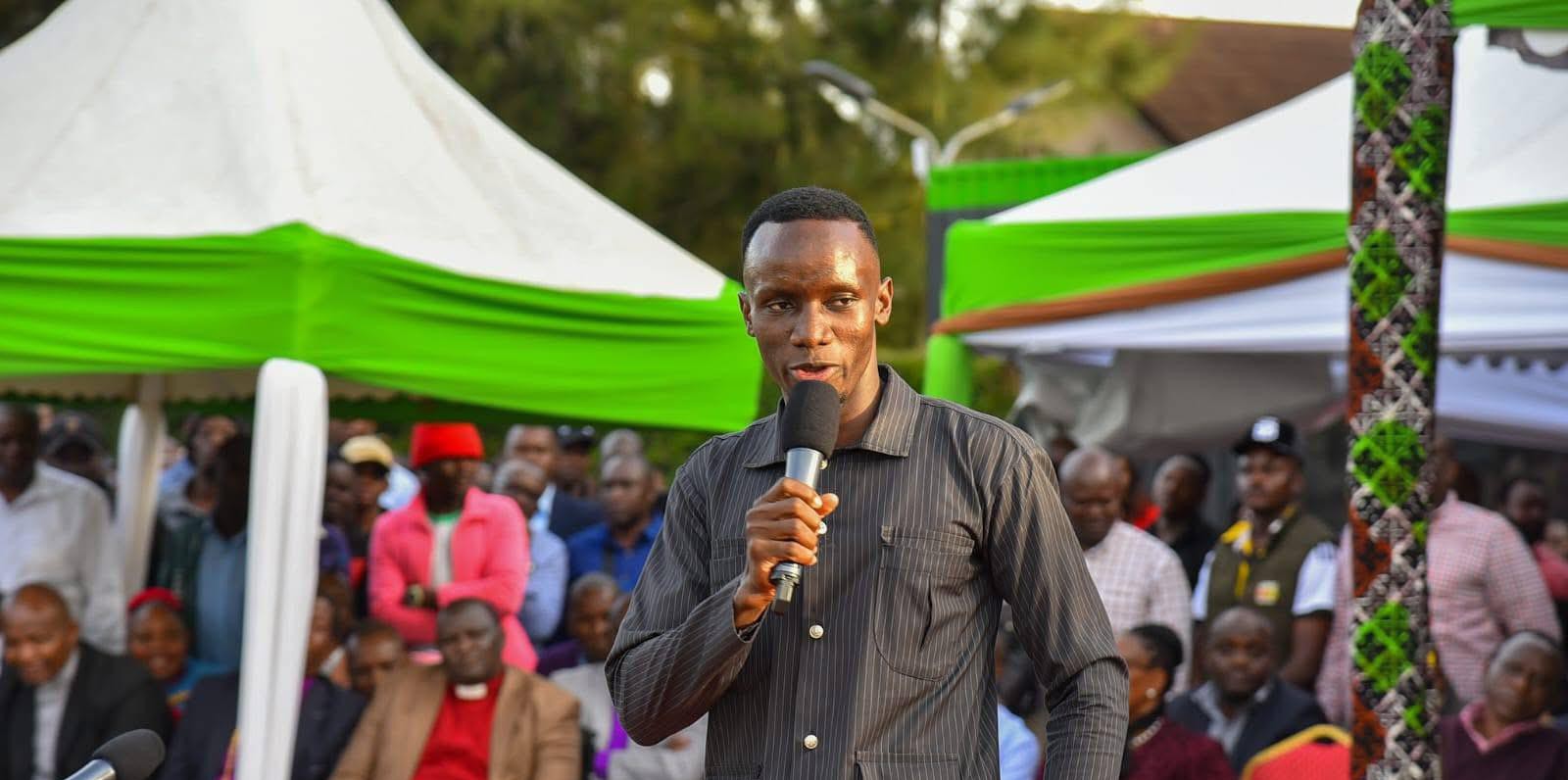National Youth Leader Ken Babu: Why DCP’s Leadership Sets a New Standard for Youth Inclusion in Kenya’s Political Arena.
National Youth Leader Ken Babu: Why DCP’s Leadership Sets a New Standard for Youth Inclusion in Kenya’s Political Arena
In the evolving landscape of Kenyan politics, genuine youth inclusion remains a critical challenge. Too often, young voices are tokenized or sidelined in decision-making processes, leaving a significant gap between leadership and the generation that will shape the nation’s future. However, recent insights into the Democratic Change Party (DCP) leadership structure reveal a refreshing departure from this norm.
Ken Babu, the National Youth Leader of DCP, recently articulated a compelling perspective: “Having analyzed the leadership structure of DCP, I am compelled to affirm that the truthful men are intentional and clear with the issue of youth inclusion in the decision-making table.” His words resonate deeply, especially in a political environment where youth representation is often superficial or overlooked.
While disagreements on various issues are inevitable in any political party, Babu emphasizes that on the matter of youth inclusion, DCP has truly hit the “youth G-Spot”—a metaphorical point of perfect alignment where youth interests are genuinely prioritized. This phrase vividly captures the party’s strategic focus on empowering young voices, ensuring they are not just present but influential in shaping policies.
A Benchmark in Youth Representation
When we walk around Kenya’s political landscape today, finding a party with such substantive youth representation at the National Executive Committee (NEC) level is akin to finding a needle in a haystack. Most parties continue to operate with token youth members or symbolic appointments that do little to influence real policy or leadership decisions.
In contrast, DCP’s leadership structure demonstrates a deliberate and strategic approach. By placing youth leaders in meaningful positions within the NEC, the party not only amplifies young voices but also fosters a culture of inclusivity and empowerment. This approach signals to other political entities that youth inclusion is not just a moral imperative but a strategic necessity for sustainable governance.
Why Intentionality Matters
Ken Babu’s assertion underscores a vital lesson: Parties and leaders must be intentional about youth inclusion. It’s not enough to have youth members on paper; their voices must be integral to decision-making processes. DCP’s model exemplifies how deliberate structuring and genuine commitment can bridge the gap between youth and leadership.
Other parties in Kenya should take note. The future of the nation hinges on active youth engagement—whether in policy formulation, leadership roles, or grassroots mobilization. By emulating DCP’s approach, they can foster a more inclusive, dynamic, and innovative political environment.
In Conclusion
Ken Babu’s insight is a clarion call for all political stakeholders in Kenya: intentionality and clarity in youth inclusion are achievable and vital. DCP’s leadership demonstrates that with purpose-driven effort, it is possible to unlock the youth G-Spot—creating a political space where young people are not just spectators but active architects of the nation’s destiny.

As Kenya continues to navigate its political future, let this be a reminder that meaningful youth representation is not just beneficial—it is essential for building resilient, responsive, and forward-thinking leadership. And perhaps, it’s time for other parties to walk around and see where they stand on this critical issue.
